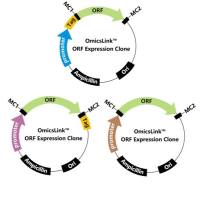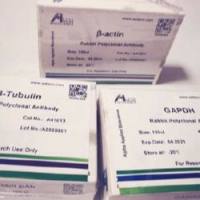Within the past few years, microRNAs (miRNAs) and other noncoding RNAs (ncRNAs) have emerged as elements with critically high importance in posttranscriptional control of cellular and, more recently, viral processes. Endogenously produced by a component of the miRNA-guided RNA silencing machinery known as Dicer, miRNAs are known to control messenger RNA (mRNA) translation through recognition of specific binding sites usually located in their 3′ untranslated region. Recent evidences indicate that the host miRNA pathway may represent an adapted antiviral defense mechanism that can act either by direct miRNA-mediated modulation of viral gene expression or through recognition and inactivation of structured viral RNA species by the protein components of the RNA silencing machinery such as Dicer. This latter process, however, is a double-edge sword, as it may yield viral miRNAs exerting gene regulatory properties on both host and viral mRNAs. Our knowledge of the interaction between viruses and host RNA silencing machineries, and how this influences the course of infection, is becoming increasingly complex. This chapter aims to summarize our current knowledge about viral miRNAs/ncRNAs and their targets, as well as cellular miRNAs that are modulated by viruses upon infection.






